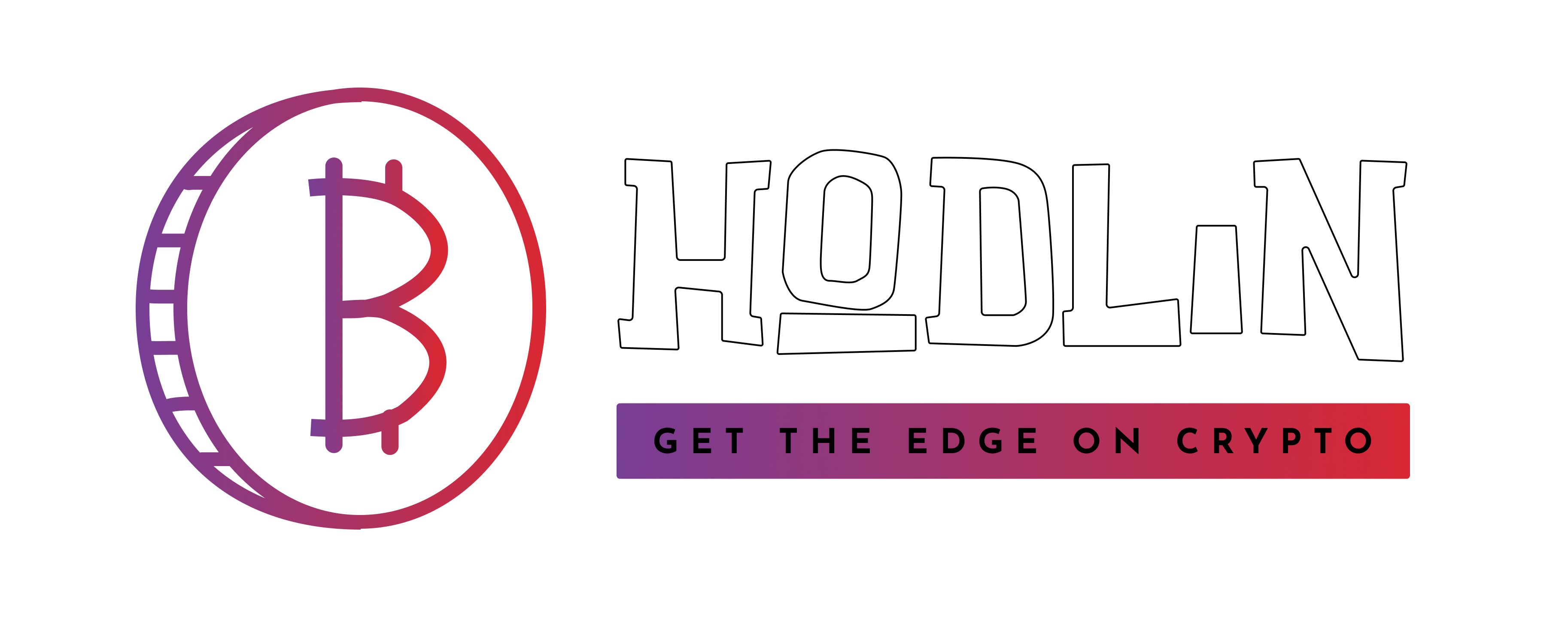Bitcoin Halving Set to Slash Miners’ Revenues, Igniting a High-Stakes Tech Race
As Bitcoin approaches its anticipated “halving” event on April 20, crypto miners brace for a significant revenue drop that could cost the industry roughly $10 billion annually. This reduction, which slashes the daily Bitcoin mining reward from 900 to 450 tokens, is expected to intensify the technological arms race among miners as they vie for diminishing returns.
The Business Times reported that Bitcoin fans have long regarded a software upgrade known as the “halving,” which occurs once every four years, as one of the keys to maintaining the currency’s value. This time, it is also expected to result in multibillion-dollar income decreases for the organizations that assure the digital currency’s flawless operation, following a spike in their most expensive expenditures.
Marathon Digital Holdings, CleanSpark, and other miners, which compete for a fixed Bitcoin payout by solving mathematical puzzles using superfast computers, have invested in new equipment and sought to acquire smaller competitors to offset revenue declines. Matthew Kimmell, a digital asset analyst at CoinShares, stated, “This is the final push for miners to squeeze out as much revenue as they can before their production takes a big hit.”
Bitcoin has reached new highs following past halvings, which helps offset the periodic decline in mining earnings and operational costs. However, the industry’s margin of success is becoming increasingly narrow as miners must keep spending more money in a never-ending technological arms race for fewer rewards.
Bitcoin Price Surge Fuels Mining Boom, But Sector Faces Intense Competition for Resources
The rising price of Bitcoin has helped offset power costs, fostering development in crypto mining. According to a JPMorgan Chase & Co. analysis, the aggregate market capitalization of 14 US-listed miners has increased to almost $20 billion since the first specialist equipment was introduced in 2013. Private miners make up the majority of processing power and may be more susceptible after the halving, as they often rely on debt financing or venture capital to meet their demands.
As the event’s excitement grows, some traders predict mining stocks will plummet. According to S3 Partners’ estimates, total short interest in mining stocks was over US$2 billion as of April 11, accounting for about 15% of the group’s outstanding shares.
The fourth upgrade since 2012 was preprogrammed by Satoshi Nakamoto to keep the hard cap of 21 million tokens in place to prevent inflation as a currency. The situation differs from four years ago when Bitcoin sold below US$9,000, and most mining activities occurred in China. Since then, much of that activity has moved to the United States, increasing electricity competition.
Adam Sullivan, CEO of Core Scientific, stated, “Power in the US is extraordinarily constrained. Right now, miners are competing against some of the largest tech companies in the world, who are trying to find space for data centers, which are high energy consumers too.”
The young AI business is attracting large amounts of finance, making it difficult for miners to negotiate favorable electricity tariffs with utility companies. Amazon plans to invest around $150 billion in data centers, while Blackstone is developing a $25 billion data center empire. Google and Microsoft are also making significant investments.

